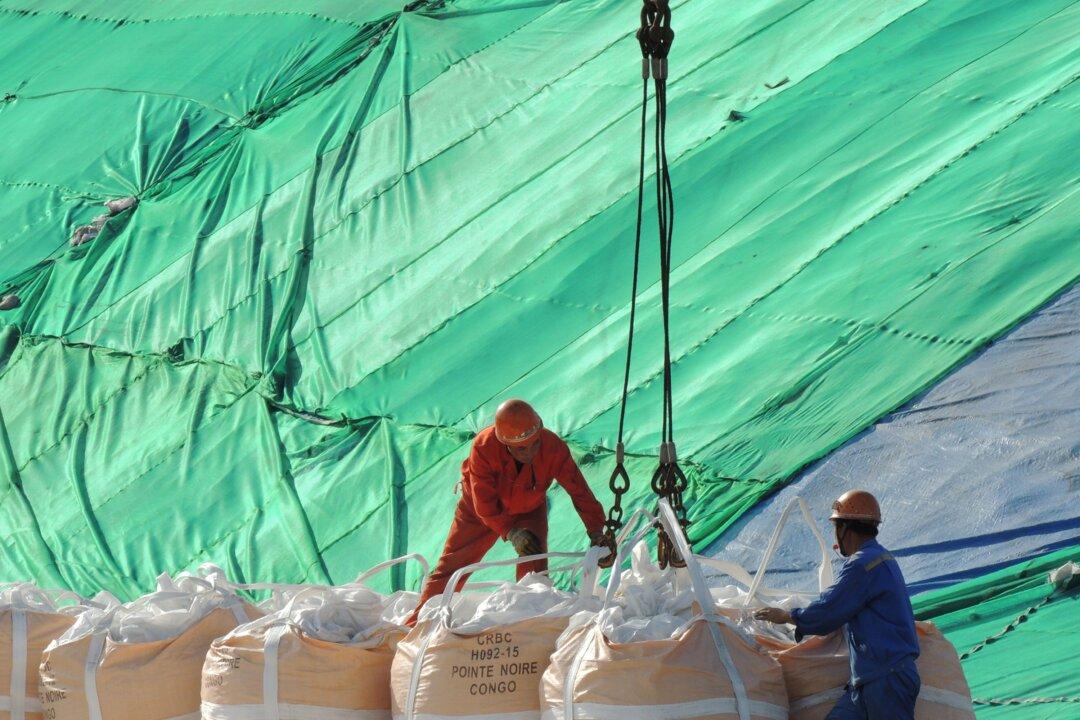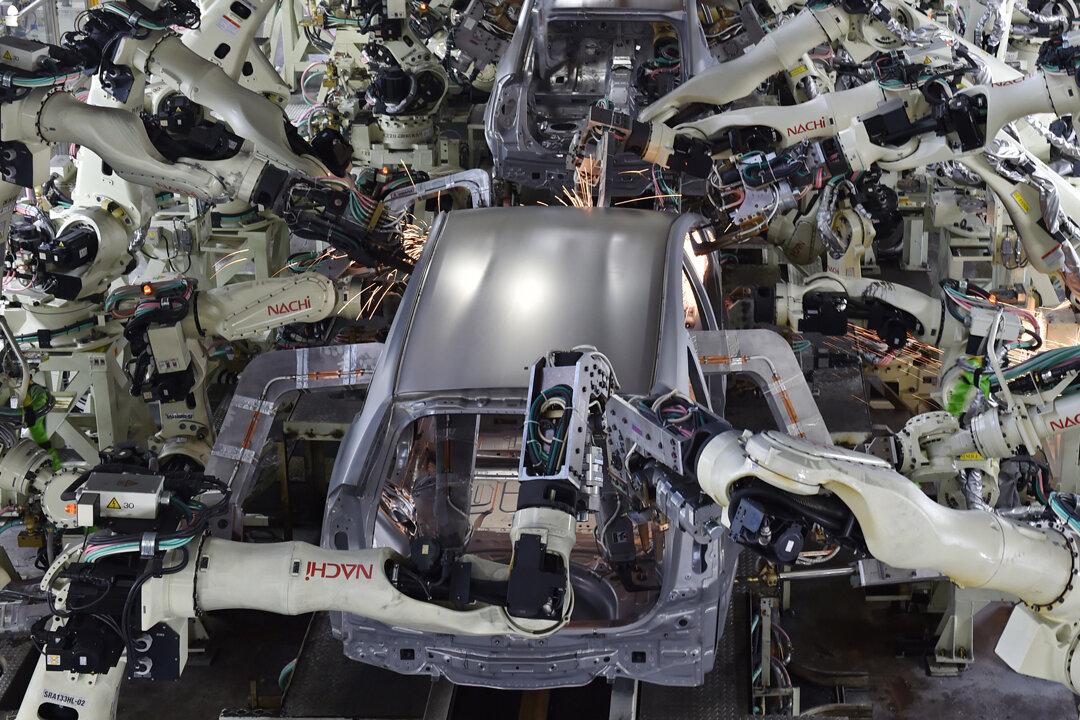It’s true, exports aren’t even that important anymore for China’s dwindling GDP growth. However, trade in general is still hugely important for the world’s second largest economy and the most recent numbers don’t look pretty.
Exports were down 5.5 percent in August compared to last year, but imports, down 13.8 percent, are more important.
Earlier this month, Korean trade statistics already pointed toward a marked slowdown of Chinese imports—Korean exports to China dropped 8.8 percent over the year.
Imports are a better gauge of the overall economic picture than exports. This is because China spends roughly half of its GDP on fixed asset investment (houses, airports, factories) whereas net-trade only represents 3 percent.
In order to build everything China builds, it needs to import vast quantities of raw materials from other countries.
Out of the world’s total production, China consumes about 54 percent of Aluminum, 48 percent of copper, 45 percent of steel, 23 percent of gold, and 12 percent of oil.
So if imports are down 13.8 percent and exports are down 5.5 percent, it means that China’s trade balance is actually going up ($60 billion compared to $43 billion in July).






